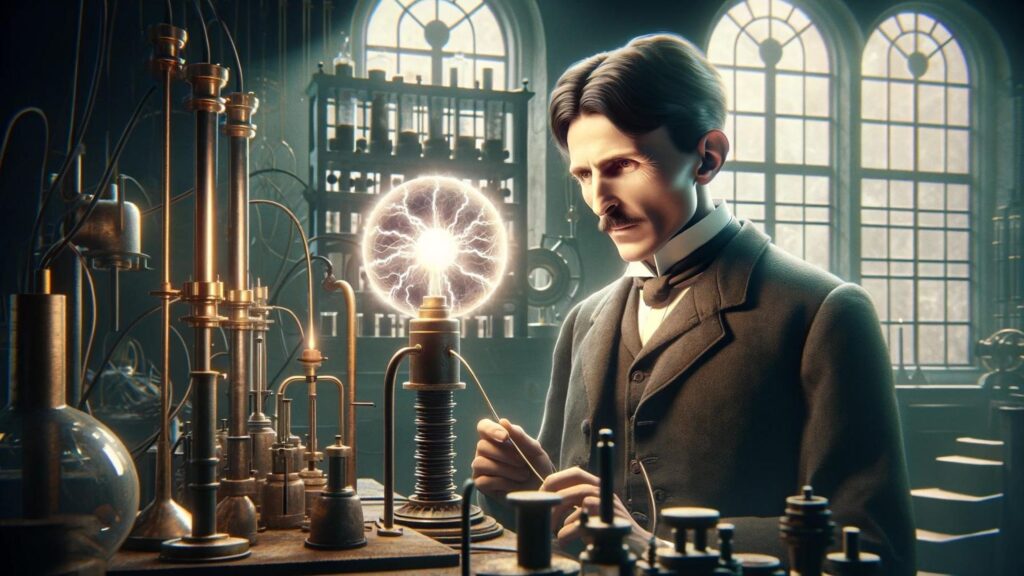Introduction: Project Tesla
The Enigmatic Genius: Nikola Tesla’s Involvement
Nikola Tesla, a name synonymous with revolutionary electrical inventions, ventured into a mysterious and mesmerizing phenomenon: ball lightning. His explorations into this electrifying subject led to groundbreaking experiments and theories, further solidifying his status as an innovative force in electrical engineering.
Project Tesla: Unveiling the Secrets of Ball Lightning
Project Tesla, a pivotal part of Tesla’s work, delved into understanding and replicating ball lightning. This project not only demonstrated Tesla’s extraordinary foresight but also his commitment to exploring uncharted territories in the field of electricity.
The Colorado Springs Experiments: A Leap into the Unknown
Tesla’s experiments in Colorado Springs were crucial in his journey to unravel the mysteries of ball lightning. These experiments marked a significant milestone in his career, showcasing his ingenuity in the practical application of theoretical concepts.
Tesla’s Legacy: A Beacon in Ball Lightning Research
Tesla’s work on ball lightning, especially through Project Tesla, has left an indelible mark on the field of electrical science. His pioneering spirit paved the way for future researchers to continue this intriguing line of inquiry.
The Fascination with Ball Lightning: Tesla’s Early Experiments
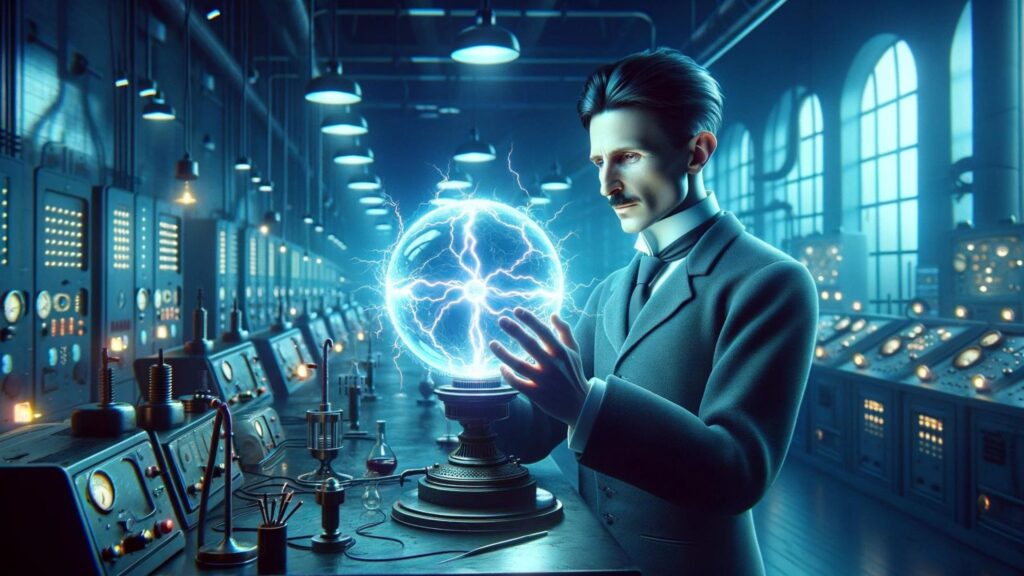
Tesla’s Initial Attraction to Ball Lightning
The enigmatic nature of ball lightning captured Nikola Tesla’s attention early in his career. This natural phenomenon, characterized by its floating, glowing spheres during thunderstorms, presented a puzzle that Tesla was eager to solve. His fascination laid the groundwork for some of his most innovative experiments.
Groundbreaking Work in Colorado Springs
In 1899, Tesla embarked on a series of experiments in Colorado Springs, a location chosen for its high-altitude and stormy weather, ideal for studying electrical phenomena. Here, Tesla constructed his massive Tesla Coil, which was designed to generate extremely high voltages. It was during these experiments that Tesla first observed and reported the artificial formation of ball lightning.
Tesla’s Methodical Approach to Ball Lightning
Tesla approached the mystery of ball lightning with his usual methodical rigor. He conducted experiments to create and study these luminous balls of energy, which he believed were a form of plasma. Tesla’s notes from this period reveal his meticulous observations and hypotheses about the behavior and composition of ball lightning.
Impact of Tesla’s Experiments on Future Research
Tesla’s work in Colorado Springs laid the foundation for future research into ball lightning. His innovative techniques and theoretical insights provided a valuable starting point for scientists and engineers who continued to explore this perplexing phenomenon long after Tesla’s experiments concluded.
Understanding the Tesla Coil: Key to Tesla’s Ball Lightning Experiments
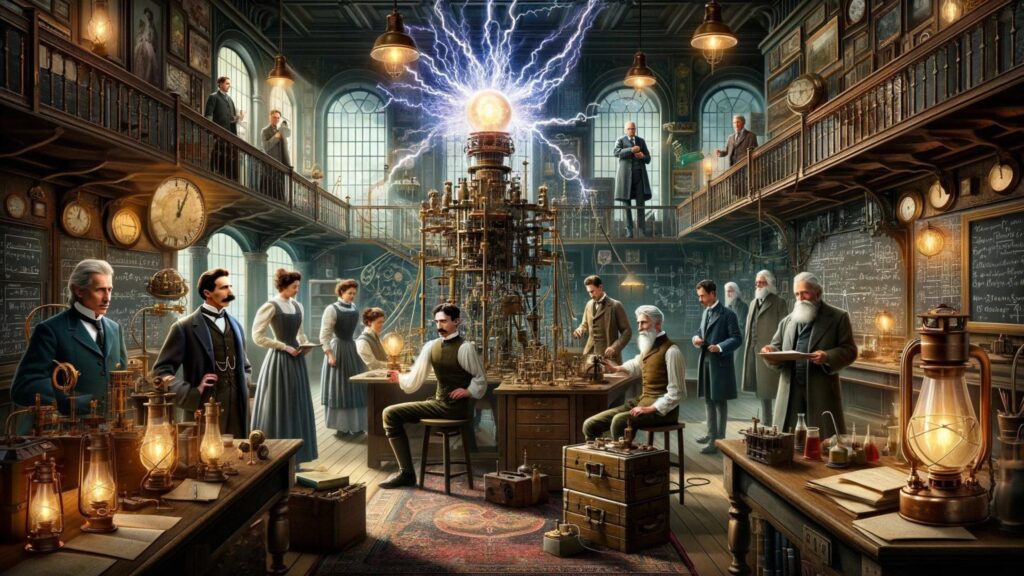
The Tesla Coil: A Revolutionary Invention
The Tesla coil, invented by Nikola Tesla in the late 1800s, is an electrical resonant transformer circuit. It was designed to produce high-voltage, low-current, high-frequency alternating-current electricity. The Tesla coil’s unique ability to generate extremely high voltages is central to its role in Tesla’s ball lightning experiments.
Mechanics of the Tesla Coil
A Tesla coil consists of two parts: a primary and a secondary coil, each with its own capacitor. The primary coil, powered by an alternating current, creates a magnetic field that induces a high voltage in the secondary coil. This results in spectacular electrical discharges, a hallmark of the Tesla coil. These discharges were key to Tesla’s investigations into creating and observing ball lightning.
Tesla Coil and Ball Lightning Production
Tesla utilized the high-frequency electrical streamers emitted by the Tesla coil in his ball lightning experiments. The theory is that conditions were right for the formation of ball lightning within these streamers. Tesla’s notes suggest that he was able to produce ball lightning artificially, using the high-voltage capabilities of the coil.
Rediscovery and Interpretation of Tesla’s Notes
Years later, researchers revisiting Tesla’s notes and experiments realized that the Tesla coil could indeed be used to create ball lightning. This rediscovery highlighted the importance of Tesla’s original designs and theories, which had been overlooked or misunderstood for decades.
Tesla’s Legacy in Modern Ball Lightning Research
Today, the Tesla coil is not just a symbol of electrical innovation but a practical tool in ongoing ball lightning research. Tesla’s pioneering work with the coil has inspired modern scientists to further explore the mysteries of ball lightning and its potential applications.
The Corums’ Breakthrough in Ball Lightning Production
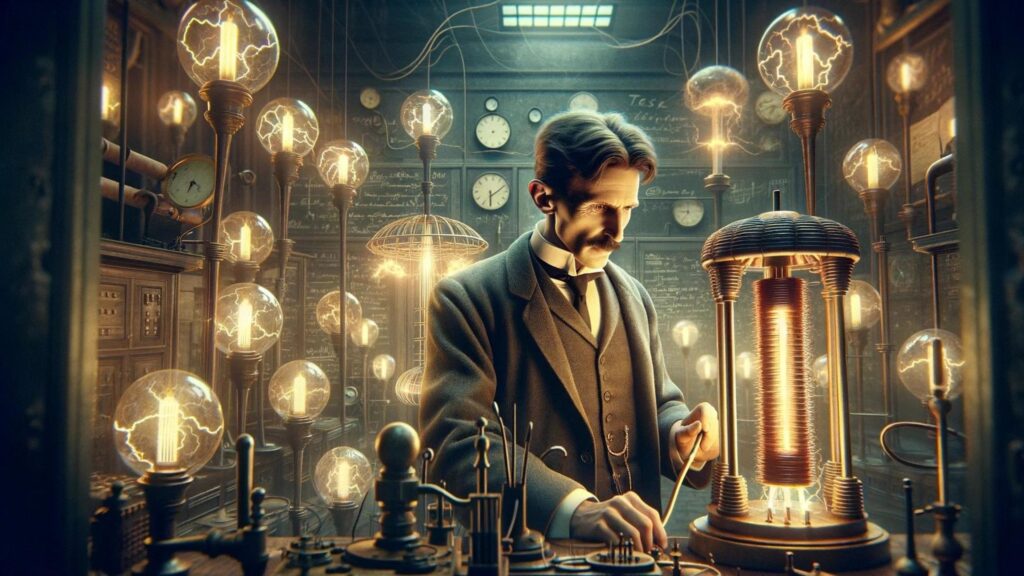
Rediscovering Tesla’s Insights
Electrical engineers Kenneth and James Corum, captivated by Nikola Tesla’s pioneering work, embarked on a journey to rediscover Tesla’s insights into ball lightning. They meticulously studied Tesla’s 1899 Colorado Springs notes, unveiling long-overlooked secrets hidden within these pages.
The Corums’ Experimental Approach
The Corums employed a Tesla coil, the centerpiece of Tesla’s experiments, as their primary tool. They made significant adjustments to the traditional Tesla coil setup, tuning the frequencies and voltages to mimic the conditions Tesla might have used. This meticulous tuning was crucial to their success in producing electric fireballs.
Breakthrough in Ball Lightning Production
Their groundbreaking experiments resulted in the successful creation of ball lightning in the laboratory. The Corums managed to produce electric fireballs in various colors, a phenomenon that mirrored natural ball lightning. Their achievement was a testament to the practical application of Tesla’s theories.
Understanding the Nature of Electric Fireballs
The Corums’ experiments provided new insights into the nature of electric fireballs. They observed characteristics such as color variation, size changes, and longevity, contributing valuable data to the field of electrical physics and the study of plasma phenomena.
Implications of the Corums’ Work
The success of the Corums’ experiments not only validated Tesla’s original hypotheses but also opened new avenues for research in electromagnetic phenomena. Their work demonstrated that with the right interpretation of Tesla’s notes, significant advancements in understanding ball lightning could be achieved.
Inspiring Future Generations
The Corums’ work has inspired a new generation of scientists and enthusiasts to explore the fascinating world of ball lightning. Their ability to produce ball lightning in a controlled environment has paved the way for further experimental breakthroughs and potential practical applications.
Tesla’s Project Tesla: Advancements at Wendover Air Force Base
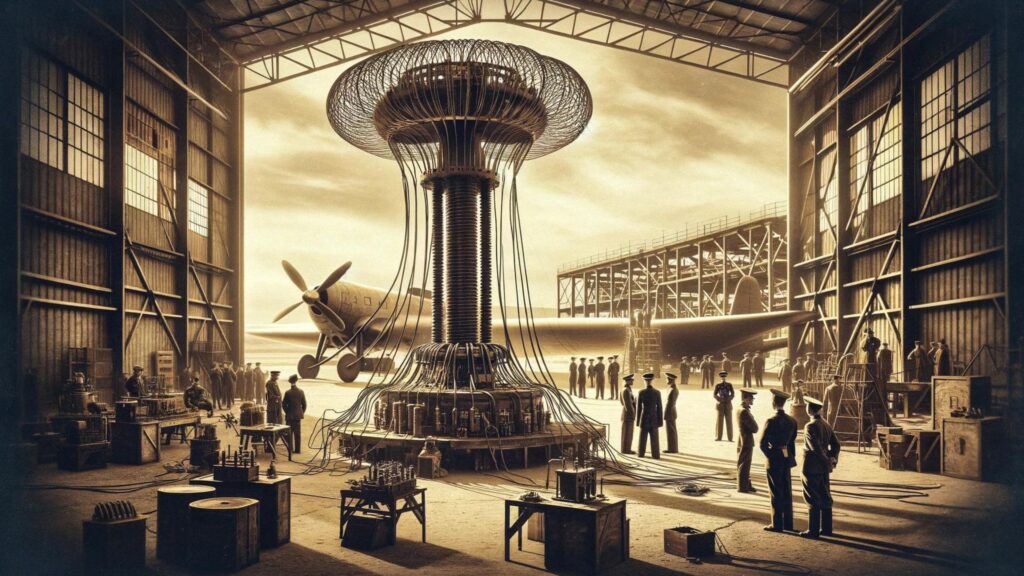
The Genesis of Project Tesla at Wendover
“Project Tesla” was an ambitious endeavor undertaken at Wendover Air Force Base, inspired by the pioneering work of Nikola Tesla in the field of electromagnetism and ball lightning. This project represented a concerted effort to push the boundaries of Tesla’s original theories and experiments.
The Scope and Aim of Project Tesla
The main goal of Project Tesla at Wendover was to advance the understanding of ball lightning, a phenomenon that had long intrigued scientists and Tesla himself. The project sought to recreate and study ball lightning in a controlled environment, using Tesla’s principles as a foundational guide.
Technological Advancements at Wendover
At Wendover Air Force Base, researchers and engineers employed cutting-edge technology and methodologies to delve deeper into the mysteries of ball lightning. This included the use of large-scale Tesla coils and other high-voltage equipment, which were crucial in mimicking the natural conditions required for the creation of ball lightning.
Breakthroughs in Ball Lightning Research
Project Tesla achieved significant breakthroughs in the understanding of ball lightning. The experiments conducted provided valuable insights into the properties and behavior of ball lightning, including its formation, structure, and the conditions under which it appears.
Collaboration and Interdisciplinary Research
The project brought together experts from various fields, including physics, electrical engineering, and atmospheric science, fostering an interdisciplinary approach to solving the enigma of ball lightning. This collaborative effort was instrumental in advancing the research beyond what Tesla himself had achieved.
The Legacy of Project Tesla
Project Tesla at Wendover Air Force Base stands as a testament to Nikola Tesla’s enduring influence in the scientific world. The advancements made through this project have had a lasting impact on the study of electromagnetic phenomena and have paved the way for future explorations in this intriguing area of physics.
Theories and Models: Understanding the Nature of Ball Lightning
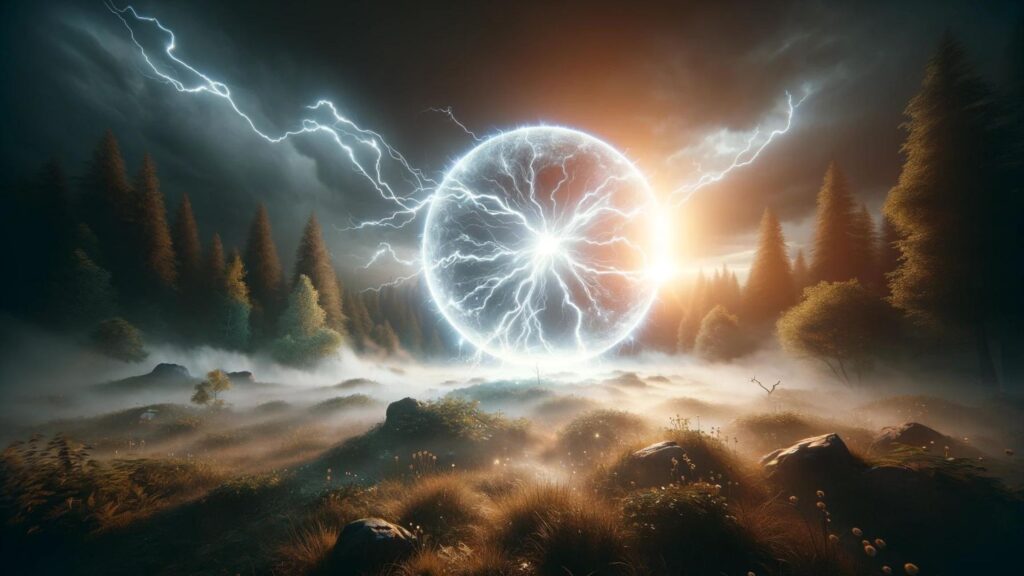
Diverse Theories in Ball Lightning Research
The study of ball lightning has spawned a variety of theories and models, each attempting to explain this elusive phenomenon. These theories range from plasma-based explanations to electromagnetic models, reflecting the complex and multifaceted nature of ball lightning.
Tesla’s Electromagnetic Theory
Nikola Tesla, a pioneer in this field, proposed theories centered around electromagnetic phenomena. Tesla’s experiments suggested that ball lightning could be a form of plasma created under specific atmospheric conditions and electromagnetic fields. His work laid the foundation for many modern theories in ball lightning research.
Robert Golka’s Experimental Contributions
Robert Golka, inspired by Tesla’s work, conducted experiments that furthered the understanding of ball lightning. Golka explored the physical properties of ball lightning, particularly focusing on its behavior in controlled environments. His work provided practical insights that complemented theoretical models.
Plasma and Vortex Models
Among the prevailing theories is the plasma model, which posits that ball lightning is a form of plasma, or ionized gas, with unique electrical properties. Another significant model is the vortex theory, which suggests that ball lightning could be a stable form of electrical vortex, exhibiting both fluid-like and plasma-like characteristics.
Challenges in Ball Lightning Research
Despite numerous experiments and theoretical models, ball lightning remains one of the most puzzling phenomena in physics. The transient nature of ball lightning makes it challenging to study, often leading to conflicting theories and a lack of consensus among researchers.
The Interdisciplinary Approach to Ball Lightning
The quest to understand ball lightning has brought together experts from various scientific disciplines. This interdisciplinary approach combines insights from physics, atmospheric science, and electrical engineering, offering a more holistic understanding of ball lightning.
Future Directions in Ball Lightning Studies
Advancements in technology and research methodologies continue to open new avenues for understanding ball lightning. Ongoing research is focused on replicating ball lightning in controlled settings and using sophisticated instruments to analyze its properties, moving closer to a comprehensive understanding of this enigmatic phenomenon.
Applications and Future Potential of Tesla’s Ball Lightning Research

Unlocking New Energy Sources
One of the most tantalizing possibilities of Tesla’s ball lightning research lies in the potential for new energy sources. The unique properties of ball lightning suggest the possibility of harnessing its energy in innovative ways. This could lead to breakthroughs in sustainable and efficient energy production, aligning with Tesla’s vision of providing abundant energy to the world.
Advancements in Electrical Engineering
Tesla’s work with ball lightning has the potential to revolutionize electrical engineering. Understanding the dynamics of ball lightning could lead to the development of advanced electrical systems with higher efficiency and new functionalities, pushing the boundaries of what’s currently possible in electrical design and application.
Insights into Atmospheric Phenomena
The study of ball lightning offers valuable insights into atmospheric electricity and weather phenomena. This could improve weather prediction models and our understanding of electrical interactions in the atmosphere, contributing to better preparation and response strategies for natural disasters.
Contribution to Plasma Research
Since ball lightning is believed to be a form of plasma, Tesla’s research could significantly contribute to plasma science. This has implications for controlled nuclear fusion research, potentially leading to cleaner and more abundant energy sources in the future.
Aerospace and Defense Applications
The unique characteristics of ball lightning could have applications in aerospace and defense. Understanding how to generate and control ball lightning-like phenomena could lead to the development of new technologies in propulsion systems or energy-based defensive mechanisms.
Educational and Research Implications
Tesla’s vision and work with ball lightning continue to inspire educational and research initiatives. By encouraging curiosity and exploration into such a mysterious phenomenon, Tesla’s legacy fosters a culture of innovation and discovery in scientific communities.
The Future Inspired by Tesla’s Vision
Looking forward, the potential applications of Tesla’s ball lightning research are vast and varied. As technology advances and our understanding of this phenomenon grows, we can anticipate a future where Tesla’s vision of harnessing natural forces for the betterment of humanity becomes a reality.
Conclusion: Tesla’s Legacy and the Mystery of Ball Lightning
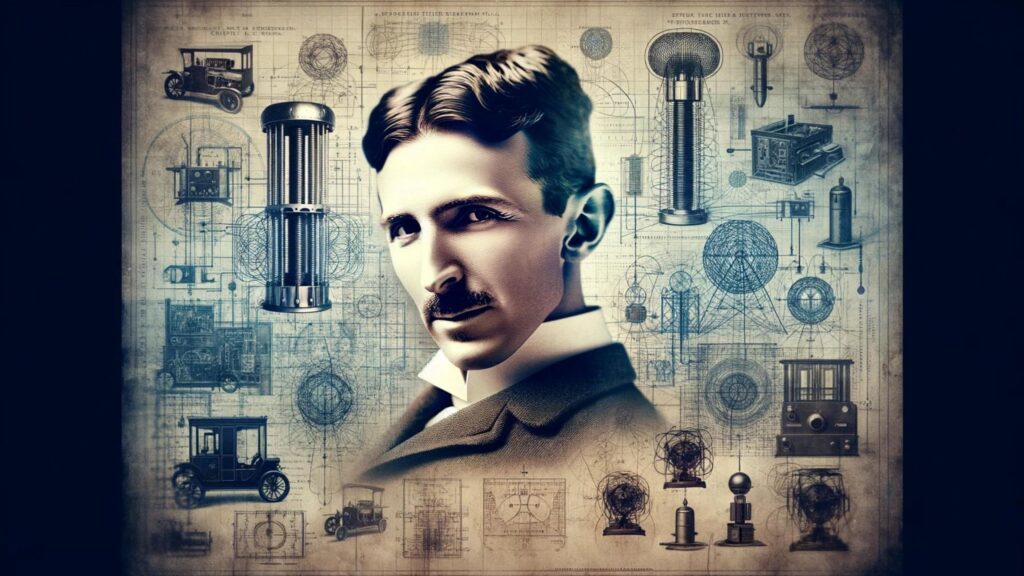
Tesla’s Lasting Impact on Electrical Science
Nikola Tesla’s groundbreaking work in electrical engineering and his foray into the mysteries of ball lightning have left an indelible mark on science. His innovative approach and daring experiments pushed the boundaries of his time and opened doors to new realms of research.
The Enigma of Ball Lightning
Ball lightning remains one of the most intriguing and elusive phenomena in the natural world. Despite advances in technology and science, it continues to be a subject of fascination and mystery, much like it was in Tesla’s era.
Tesla’s Vision: A Beacon for Future Generations
Tesla’s visionary work, especially in the realm of ball lightning, continues to inspire scientists and researchers. His dedication to exploring the unknown and harnessing the power of nature echoes through the corridors of modern scientific inquiry.
The Unfinished Symphony of Ball Lightning Research
The quest to fully understand ball lightning is akin to an unfinished symphony, with Tesla’s contributions forming the opening notes. As we continue to explore this phenomenon, we build upon Tesla’s foundation, seeking to unravel its secrets and harness its potential.
The Ongoing Journey in Electrical Exploration
Tesla’s legacy in electrical engineering and his contributions to ball lightning research represent more than historical milestones; they symbolize the ongoing journey of human curiosity and the relentless pursuit of knowledge.
A Tribute to Tesla’s Pioneering Spirit
As we reflect on Tesla’s contributions, we pay tribute to a mind that was always ahead of its time. His work with ball lightning is a testament to his genius and a reminder of the endless possibilities that await discovery in the world of science.
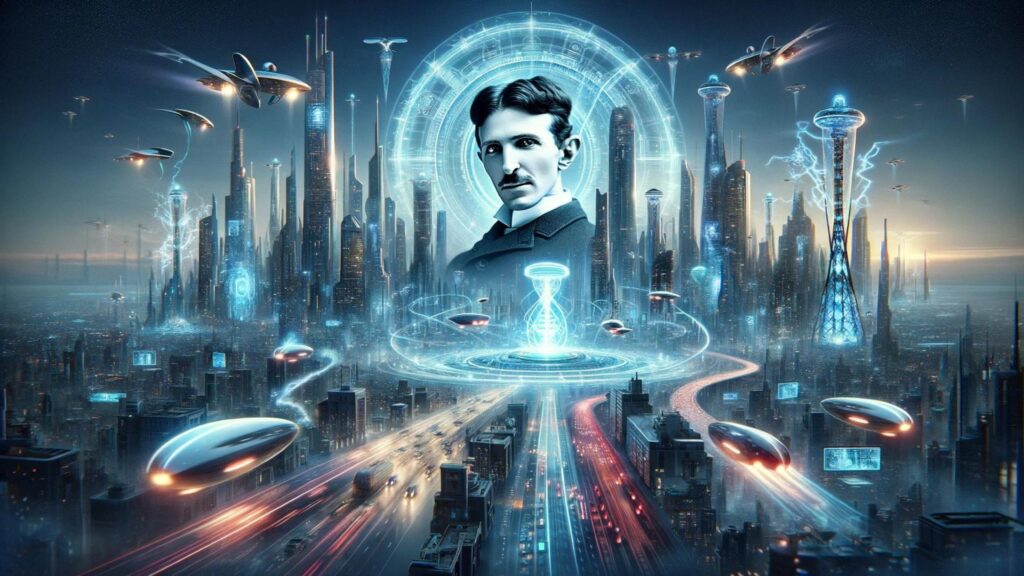
FAQs Section
Q1: What did Nikola Tesla have to do with ball lightning?
Nikola Tesla’s involvement with ball lightning stemmed from his broader research in electrical phenomena. His experiments, particularly in Colorado Springs, included the study and artificial creation of ball lightning. Tesla’s work provided early insights into understanding this elusive phenomenon, making him a key figure in the history of ball lightning research.
Q2: Is Tesla’s wireless electricity possible?
Tesla’s concept of wireless electricity, also known as the Tesla Coil, was a groundbreaking invention for transmitting electricity without wires. While it demonstrated potential, the practical application on a large scale has been limited due to challenges in efficiency, safety, and the control of electric fields over long distances.
Q3: What is Tesla’s 369 theory?
Tesla’s 369 theory is more of a popular myth than a scientific theory. It is often cited in various mystical and numerological contexts, suggesting that numbers 3, 6, and 9 hold the key to the universe. However, there is no concrete scientific evidence or writings by Tesla himself that directly support this theory as a foundation of his scientific work.
Q4: What was Nikola Tesla’s ball lightning experiment?
Tesla’s ball lightning experiments involved creating high-voltage discharges using his Tesla Coil to study and replicate the properties of natural ball lightning. His experiments in Colorado Springs were particularly focused on this phenomenon, where he reportedly succeeded in artificially producing ball lightning.
Q5: Why don’t we use Nikola Tesla’s electricity methods today?
Some of Tesla’s methods, like alternating current (AC), are widely used today. However, other ideas, like wireless electricity transmission, haven’t been adopted widely due to practical limitations such as efficiency, range, and safety concerns. Modern technology hasn’t yet overcome these challenges to make Tesla’s more ambitious methods feasible for widespread use.
Q6: Why did Tesla’s wireless electricity fail?
Tesla’s wireless electricity project, epitomized by the Wardenclyffe Tower, failed primarily due to financial and technical challenges. The difficulty in proving the commercial viability of long-range wireless power transmission and securing sustained funding led to the abandonment of the project. Additionally, there were unresolved technical challenges related to efficiency and control over long distances.
To delve deeper into the fascinating world of atmospheric phenomena, including the history and mythology of atmospheric lights, check out this detailed exploration: The History and Mythology of Atmospheric Lights Around the World.
